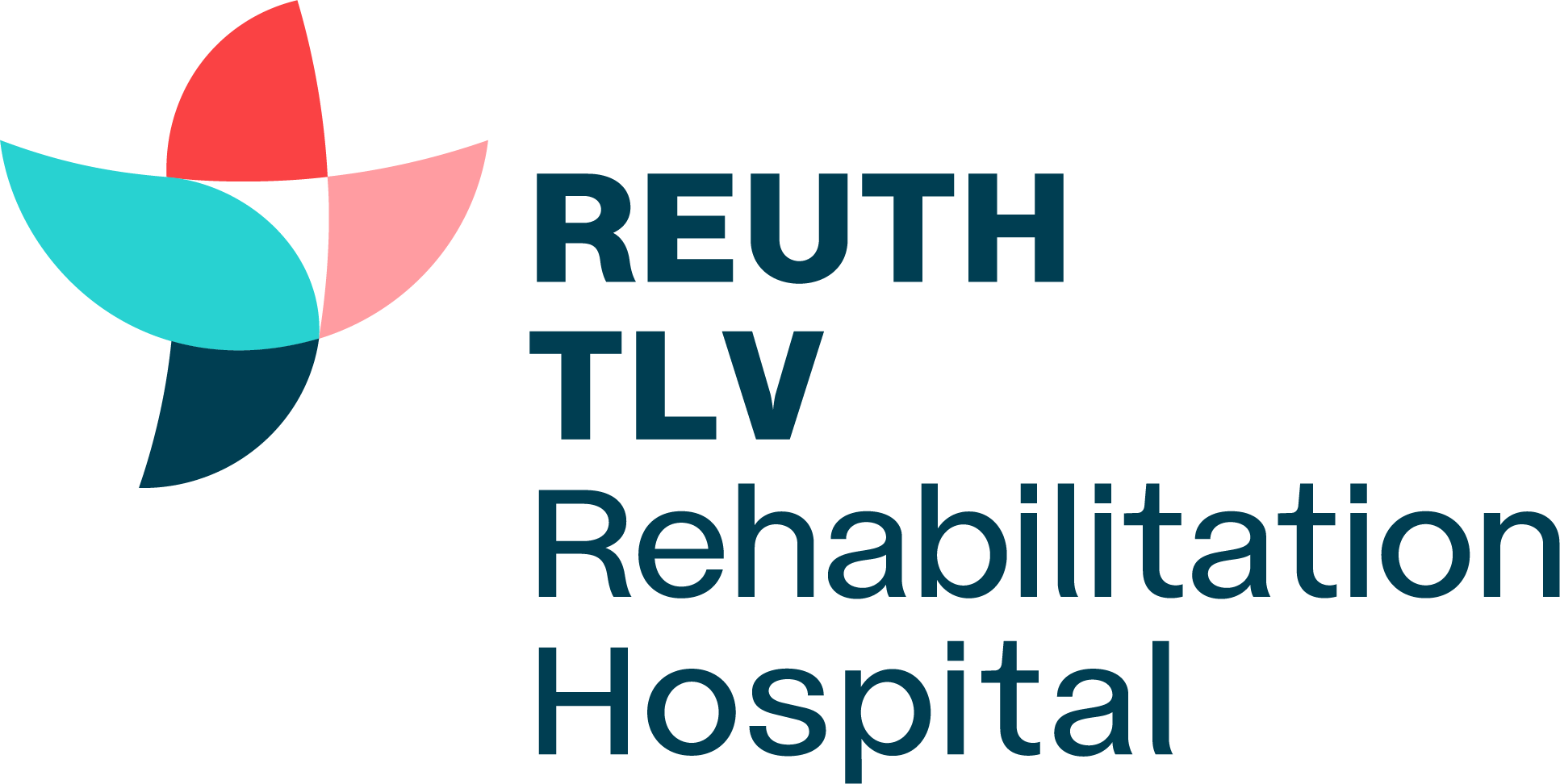Those working in offices are often required to sit for long periods in front of a computer. The use of a computer could cause a physical load on the employee’s body, although it is not perceived as strenuous physical work. Therefore, many computer workers experience pain in the musculoskeletal system relating to the nature of their work.
The most common pain complained about by computer workers are neck, shoulder, torso and wrist pain. The complaints range from a feeling of discomfort, pain during work and through to pain at rest and pain that disrupts daily functioning. It is important to identify these feelings in a timely fashion in order to prevent the development of problems in the musculoskeletal system which requires invasive treatment such as injections or even surgery.
What are the risk factors at work that could lead to the development of musculoskeletal pain?
Repetitive actions, for example moving the mouse and typing, placing pressure on the joints and tissues such as prolonged placement of the wrist on the table during use of the keyboard which creates continual pressure, incorrect body positions such as bending over while sitting opposite the computer and prolonged work without a break, one of which or all of which could constitute risk factors for development of such pain.
Methods to prevent or reduce this pain relating to habits and the work environment
Tips for arranging posture and the work station
In order to reduce the risk factors it is recommended to modify the work station to your measurements, pursuant to the following guidelines:
Ensure neutral sitting which enables maximum rest for the body:
- Adjust the height of the chair so that your elbows are at the height of the table.
- Adjust the backrest of the chair to create an angle of 100-110 degrees between the back and thighs.
- Move closer to the table, thus 2/3 of the forearms are placed comfortably on the table.
Arrange the height and distance of the screen:
- The height of the upper part of the screen should be at the height of your eyes. It is possible that you will need to remove several packets of paper that you have placed under the screen.
- Put out your hand from the neutral sitting position and place the screen precisely at that distance.
- It is important that the screen is exactly opposite you, in order to prevent superfluous movements of the neck.
- Are you working with several screens? Ask yourselves: what is the percentage of use for each screen? If you are using two screens equally place them next to each other, thus the connection between them will be directly opposite you. If you use one screen more than the other, place one opposite you and place the second at an angle, on the dominant side of your eye.
Keyboard and mouse:
- After you have arranged the seating and the screen, pay attention that the keyboard is placed opposite you, thus your middle finger reaches the middle line of the letters.
- The mouse should be on the side of the dominant hand on the same line as the keyboard.
- In the event that you are using the keyboard of a laptop, prefer the option of connecting a wireless keyboard and mouse.
Ensure to clear the table and underneath it of any surplus items in order that there be sufficient space for your hands and feet.
The importance of rest, stretching and physical exercise
Ensure to take short rest breaks. The prevalent recommendation is to take a break pursuant to the principle of 20-20-20, that is, every 20 minutes take a rest for 20 seconds by shifting your glance towards a point 6 meters away. These breaks enable you to rest your eyes which are affixed for many hours on the screen.
Furthermore, take the opportunity to change your position, to get up and drink water or just to walk around the office. The body needs movement.
Another important recommendation albeit a little hard to implement is – not to use your mobile phone during a break if the objective is to give your hands, eyes and body a rest. Moving between one screen and another will not allow that.
Treatment options
Treatment of problems with the musculoskeletal system could suffice with adjustment of the work station and ensuring sufficient rest. In the event that the pain is more serious, that is to say if you are experiencing pain which does not pass with rest, interferes with your work, wakes you up at night, please turn to your family physician in order to receive suitable medical treatment. The treatment could include fitting rest braces for your hands, personalized customized training and if necessary treatment with medications or surgery.
You may contact the Occupational Therapy Department at the Reuth Rehabilitation Hospital Tel Aviv for further investigation.
The information presented in this article is general. It does not constitute medical advice or replace consultation with a physician. It should not be regarded as a recommendation or an alternative for medical treatment.
The information presented in the English website is partial. For full info please visit our Hebrew website
(image is for demonstration purposes unsplash)

 donation
donation 




“Reuth Information Center”, All rights reserved to Reuth rehabilitation hospital. Reuth Information Center is an informational site only. All information on the Website is not a replacement or a substitute for medical, legal, economic, consumer, financial or other advice and any use of the information on the Website is solely the responsibility of the User. Surfing is subject to Terms of Use.